
A Miscellany of Malaysia
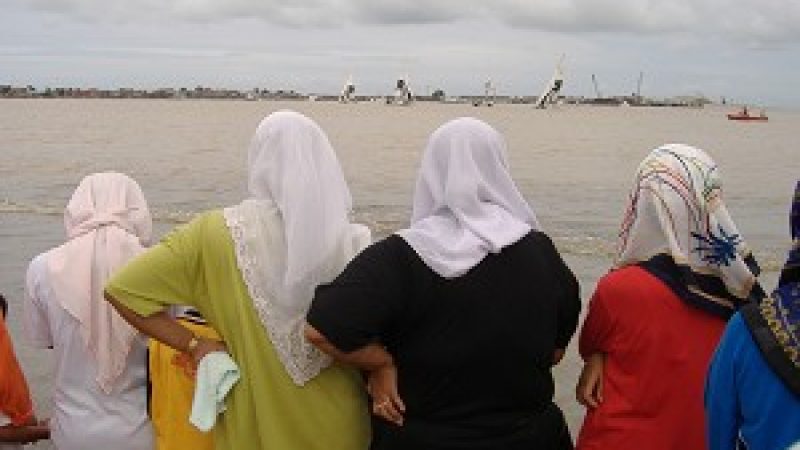
Malaysia is much like the rain that often falls there—soft, warm, and welcoming. A country of 24 million, Peninsular Malaysia is a compelling mélange of cultures and religions that have coexisted in relative harmony since the people staked out independence from British rule in 1957.
Kuala Lumpur, the capital city, has a population of two million and, according to my host, „two million cars.“
And this seems entirely plausible while one gingerly walks the streets of KL, as everyone calls the city. While I politely wait for traffic lights to change to green before crossing the street, the people of KL seem to rejoice in the prospect of ignoring such conventions in favor of dodging cars that hurtle towards them with equal enthusiasm.
Kuala Lumpur, literally meaning „muddy confluence,“ has the feeling of a boomtown and for good reason. It sprang from the ambitions of the Chinese immigrants who arrived at the Klang and Gombak rivers in 1857 to begin mining tin. Their influence remains strong with approximately 27 percent of Malaysia’s population being of Chinese descent.
A metropolis in every sense of the word, KL’s growth truly exploded with the discovery of offshore oil and gas. Today the city is a glittering global capital with the 88-story Petronas Towers to prove it. Until recently the tallest buildings in the world, these stainless steel skyscrapers, named after the national oil company, were built in 1998 at a cost of nearly US$2 billion.
With this startling growth and rapid accumulation of wealth, has arrived a vigorous discussion about what constitutes the Malaysian identity. Most of its citizens are Muslim (80 per cent), but there are also Taoists, Buddhists, Hindus and Christians. The indigenous Malay people are the dominate force in government, but the Chinese and Indian populations have been instrumental to Malaysia’s success.
„Truly Asian“ is the tag line used by the government to describe the country, but in KL it often seems to hang in the air as more of a question than a declarative statement. The streets of KL are a complicated stew of cultures. In the shadow of the Petronas Towers, a vendor sells coconut drinks, and just steps away, non-fat lattés are being sipped at a Starbucks.
In a matter of three decades, Malaysia has transformed itself from a farming/fishing economy to a nation of high finance fueled by a sweepstakes of petrol dollars.
There’s little doubt the capital city has an excitement and character all of its own, yet in order to discover the true essence of this beautiful country, you must leave the hustle and bustle of KL and strike out into the rural areas. My choice was the northeast coast of Malaysia. I took a one-hour flight from KL to the state of Terengganu where I walked out onto the tarmac of this simple airport and into a laid-back lifestyle.
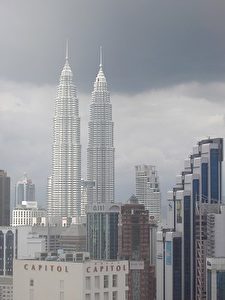 TOWERING EVIDENCE: Once the tallest buildings in the world, the Petronas Towers indicate Malaysia’s leap from regional fishing commerce to international prowess. (Wes LaFortune)
TOWERING EVIDENCE: Once the tallest buildings in the world, the Petronas Towers indicate Malaysia’s leap from regional fishing commerce to international prowess. (Wes LaFortune)While KL is about shopping, street life and shiny buildings, Terengganu is a gentle place where passersby greet you with a warm smile and a quick hello. Kuala Terengganu (the capital of the province) has also grown due to oil money but has managed to retain its rural roots with fishing still making up an important part of the local economy. The people of Terengganu are mostly the indigenous Malay, and they have an infectious spirit that’s difficult to resist.
I found myself in Terengganu during the monsoon season (November to February) but it did not dampen my appreciation for this seductive slice of Malaysia. Where I had envisioned torrents of water pounding down, instead I found welcome rain showers that helped offset the effects of the humidity that seems to hover at a constant 90 per cent.
I arrived in Terengganu to watch a sailing race aptly called the Monsoon Cup, but rather than remaining fixed on the regatta I was captivated by the colorful wardrobe of the women who congregated at The Terengganu Heritage Bay Club.
They stood on the shore facing the South China Sea, which was being churned up by the wind as some of the best sailors in the world faced off against each other in a competition to capture a sailboat trophy constructed from gold and silver. It was a remarkable scene that fused together the sea with the people whose ancestors have lived near here for millennia.
The Monsoon Cup is one way the Malaysian government hopes to bring more tourism to this relatively isolated part of the country. They needn’t worry as the area’s islands, snorkeling and deep sea fishing will draw those who are willing to forgive a lack of tourist infrastructure in favor of being immersed in a part of the world where a deep connection and respect for the sea and land is obvious.
A sign outside of Kuala Terengganu reads jumpa lagi—“See you again.“ I hope so.
(The Epoch Times)








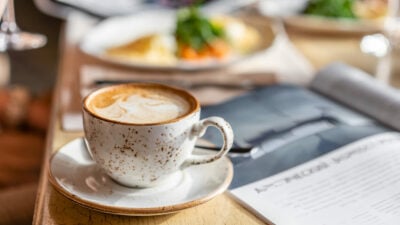









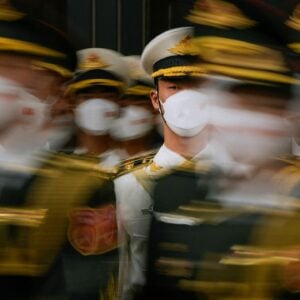


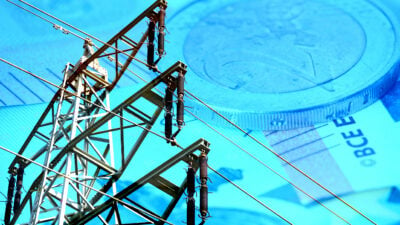

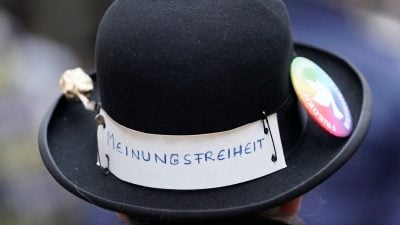
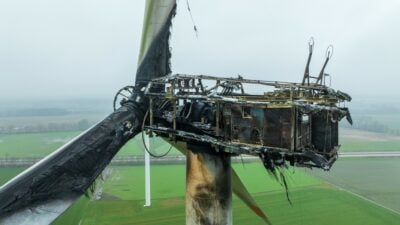
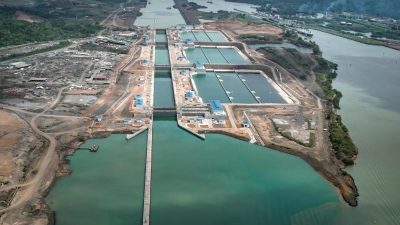
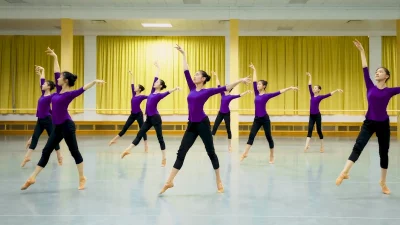
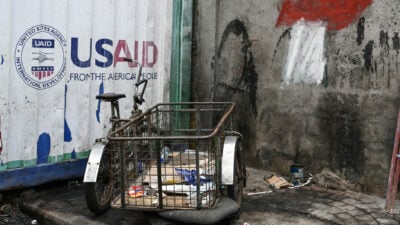
vielen Dank, dass Sie unseren Kommentar-Bereich nutzen.
Bitte verzichten Sie auf Unterstellungen, Schimpfworte, aggressive Formulierungen und Werbe-Links. Solche Kommentare werden wir nicht veröffentlichen. Dies umfasst ebenso abschweifende Kommentare, die keinen konkreten Bezug zum jeweiligen Artikel haben. Viele Kommentare waren bisher schon anregend und auf die Themen bezogen. Wir bitten Sie um eine Qualität, die den Artikeln entspricht, so haben wir alle etwas davon.
Da wir die Verantwortung für jeden veröffentlichten Kommentar tragen, geben wir Kommentare erst nach einer Prüfung frei. Je nach Aufkommen kann es deswegen zu zeitlichen Verzögerungen kommen.
Ihre Epoch Times - Redaktion